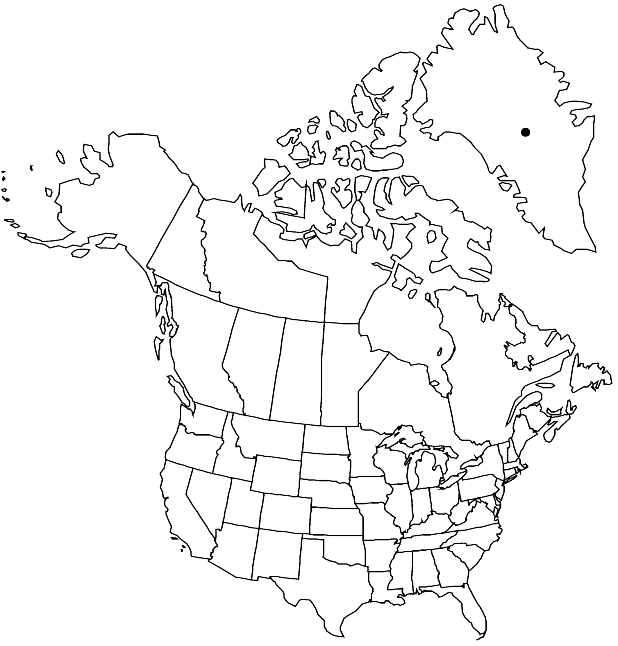Difference between revisions of "Braya linearis"
Ill. Pl. Eur. 11: 84. 1899.
FNA>Volume Importer |
imported>Volume Importer |
||
| Line 46: | Line 46: | ||
|publication year=1899 | |publication year=1899 | ||
|special status= | |special status= | ||
| − | |source xml=https:// | + | |source xml=https://bibilujan@bitbucket.org/aafc-mbb/fna-data-curation.git/src/bb6b7e3a7de7d3b7888a1ad48c7fd8f5c722d8d6/coarse_grained_fna_xml/V7/V7_879.xml |
|tribe=Brassicaceae tribe Euclidieae | |tribe=Brassicaceae tribe Euclidieae | ||
|genus=Braya | |genus=Braya | ||
Revision as of 00:02, 28 May 2020
Plants not scapose; sparsely to moderately pubescent throughout, trichomes subsessile or sessile, submalpighiaceous, 2-forked, and simple. Stems simple or few to several from base, erect, (usually unbranched), (0.4–)0.7–1.4(–1.8) dm. Basal leaves (without distinct petiole); blade linear to narrowly spatulate, 0.5–3 cm × 0.5–2(–3) mm, base attenuate or cuneate, margins dentate (with 1 or 2 teeth per side) or entire, apex obtuse, (surfaces glabrous or sparsely pubescent). Cauline leaves: 1–4 (each stem); (subsessile); blade similar to basal, smaller distally. (Racemes not elongated in fruit.) Fruiting pedicels erect to divaricate, 1–4.5 mm. Flowers: sepals 1.8–2.8 × 1–1.4 mm (sometimes slightly saccate basally); petals white or purplish (especially claw), (broadly obovate or spatulate), 2.5–3.5(–4) × 1.3–2 mm; filaments 1.5–2 mm; anthers oblong, 0.4–0.6 mm. Fruits linear, more or less torulose, (straight or somewhat curved), (0.5–)0.9–1.2(–1.4) cm × 0.9–1.3 mm (uniform in width); valves glabrous or sparsely pubescent, trichomes simple and submalpighiaceous; septum margin not expanded, or not basally; ovules 20–28 per ovary; style 0.3–0.5 mm; stigma weakly 2-lobed to entire. Seeds uniseriate to weakly biseriate, oblong, 0.8–1 × 0.3–0.6 mm. 2n = 42.
Phenology: Flowering Jun–Jul.
Habitat: Dry or moist calcareous soils and alkaline clays and sands at the margins of evaporation pools on stream bank terraces and moraines
Elevation: 0-200 m
Distribution

Greenland, Europe (Scandinavia).
Discussion
Braya linearis appears to be related to the European and Asian species of the genus. Hybridization studies with B. alpina from the European Alps (T. W. Böcher 1973) produced fertile F1 hybrids. DNA sequence evidence (S. I. Warwick et al. 2004) confirmed the close relationship between B. linearis and B. alpina, but suggested that B. linearis is even more closely related to B. humilis and the Asian B. siliquosa Bunge.
Selected References
None.